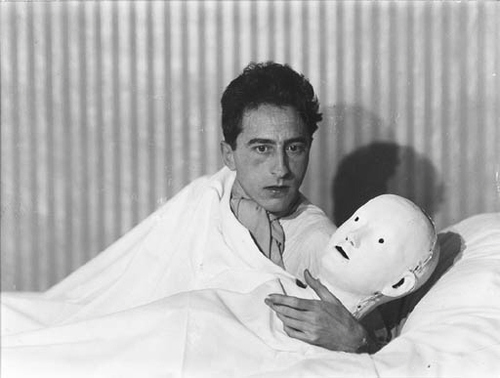Yayoi Kusama (born 1929) is a Japanese artist and writer. Throughout her career she has worked in a wide variety of media, including painting, collage, soft sculpture, performance art, and environmental installations, most of which exhibit her thematic interest in psychedelic colors, repetition, and pattern. A precursor of the pop art, minimalist and feminist artmovements, Kusama influenced her contemporaries such as Andy Warhol, Claes Oldenburg, and George Segal and exhibited works alongside the likes of them.
In 1957, she moved to the United States, settling down in New York City where she produced a series of paintings influenced by the abstract expressionist movement. Switching to sculpture and installation as her primary media, Kusama became a fixture of the New York avant-garde during the early 1960s where she became associated with the pop art movement. Embracing the rise of the hippiecounterculture of the late 1960s,
Kusama came to public attention when she organized a series of happenings in which naked participants were painted with brightly colored polka dots.
Although largely forgotten after departing the New York art scene in the early 1970s, Kusama is now acknowledged as one of the most important living artists to come out of Japan, and an important voice of the avant-garde.

Yayoi Kusama, Horse Play in Woodstock, 1967 via

Yayoi Kusama, Horse Play in Woodstock, 1967 via

Yayoi Kusama, Horse Play in Woodstock, 1967 via

































